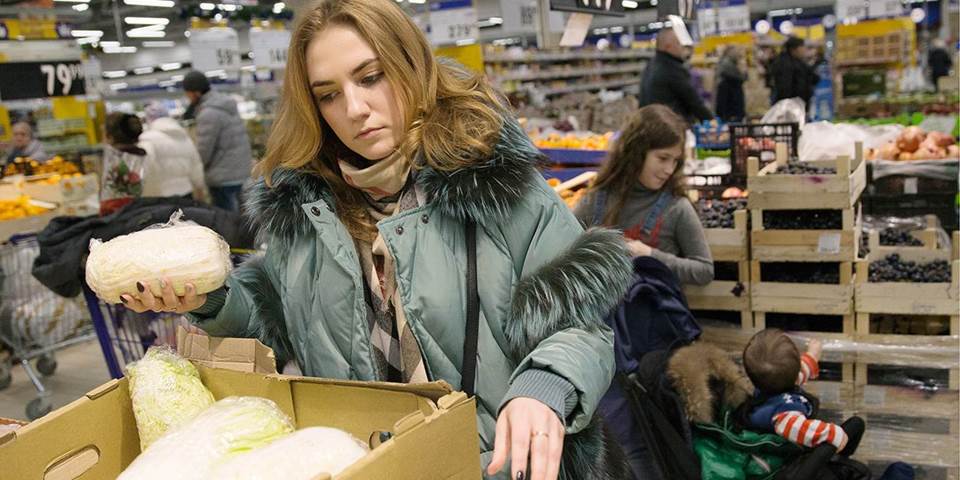(Project-Syndicate) The Russian economy is stagnating across almost all sectors, meaning that boosting growth will be impossible without deep structural reforms. But with President Vladimir Putin approaching a fourth term after having shown little appetite for such reform, there is no reason to expect much to change in the foreseeable future.
CHICAGO – In the early days of 2018, the Russian economy is stagnating. This is no statistical blip: the average annual growth rate in 2008-2017 for Russia was just 1.2%. Last year, Russia’s GDP-growth rate was 1.5%, compared to 2.5% in the eurozone and 2.3% in the United States – both developed economies that should be growing 2-3 percentage points slower than a developing economy like Russia. And, as the Russian economic ministry, the World Bank, and the International Monetary Fund all recognize, this poor performance seems likely to continue.
Boosting Russia’s growth will be possible only with deep structural reforms, because the economy is stagnating at full capacity. With unemployment at around 5.5% for the fifth consecutive year – a rate that almost any developed country would envy – there are few unemployed to be put to work. Likewise, capacity utilization in manufacturing is roughly at the same level as in the previous two peaks (2007-2008 and 2013), meaning that there is almost no spare capacity to be put to use. […]
Read More © Project-Syndicate









